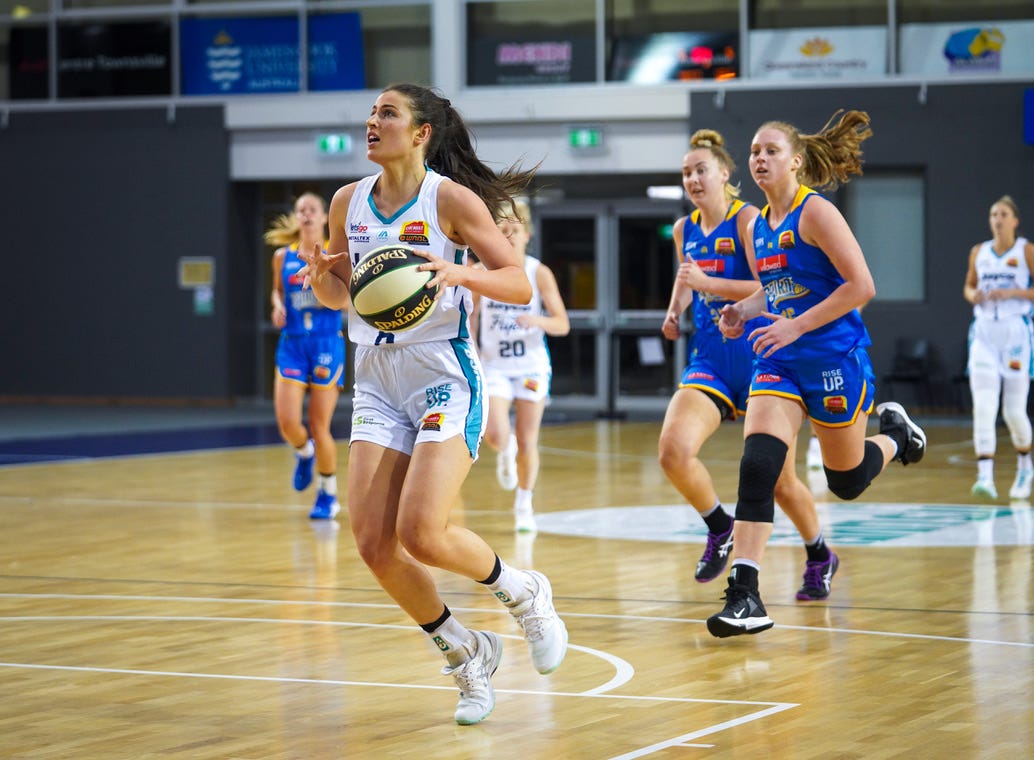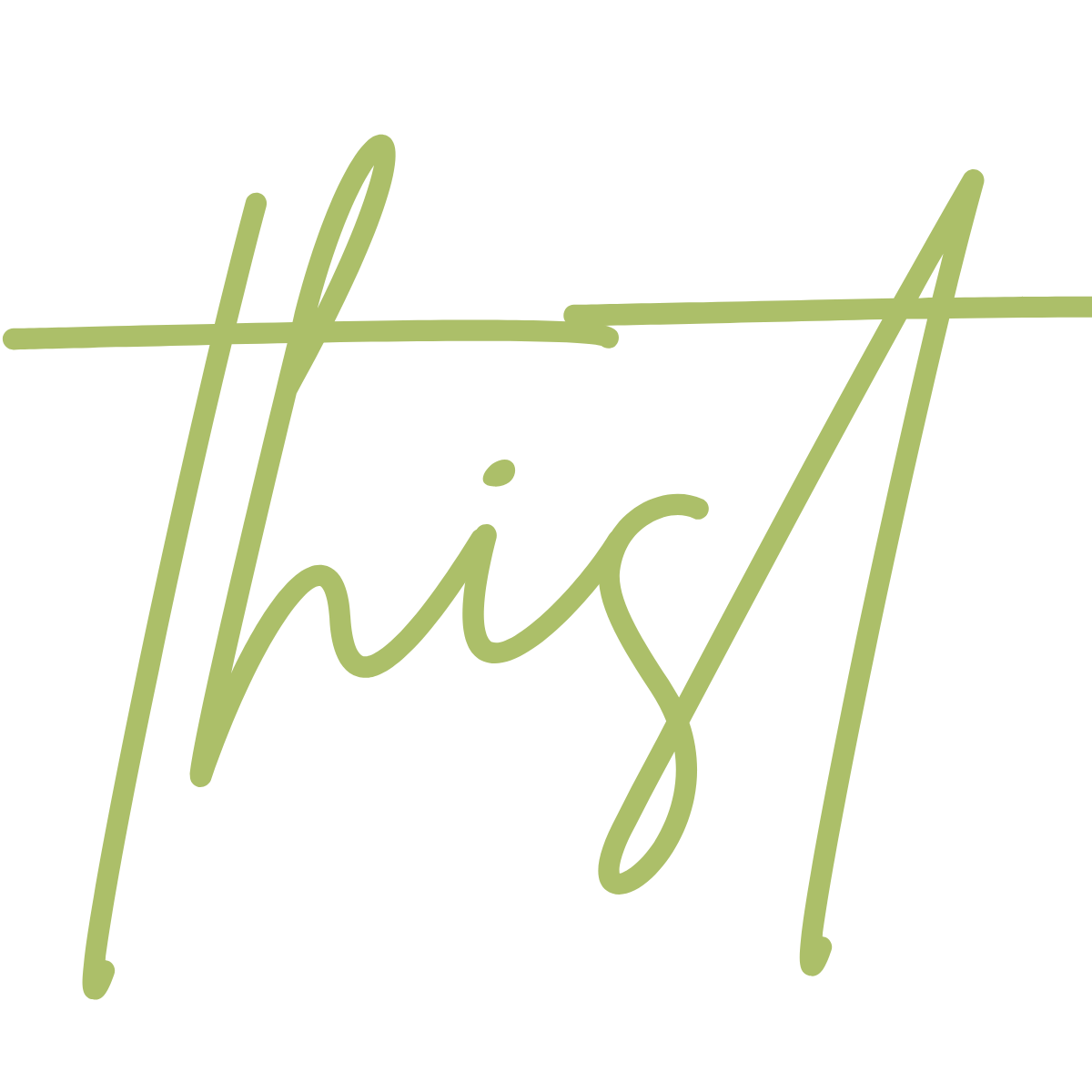the fallacy of the wnbl development player
Development Players are fundamentally crucial, but they internalise the pervasive sentiment that they are dispensable. It is the fallacy that needs to endure to keep the national league alive.
on history
I was five when I first started playing basketball. I decided four years later at nine, watching the athletes of the Women’s National Basketball League, that I would grow up to play professionally. I was serious by the age of thirteen: I missed almost every birthday party on the weekend, I trained most days after school during the term, I spent the weeks of school holidays working individually with coaches.
There was certain resilience required for elite junior sport.
It was expected that I was a fourteen-year-old girl being screamed at by a sixty-year-old man and I would not cry. He might communicate that I was slow or fat or unintelligent and there was the understanding I knew this was for my benefit so therefore I would nod and smile. So I did. I always nodded. I made myself smile. I did not cry.
Any pain was all for a purpose. For over a decade, each moment I was not at school, or university, or trying to write a novel, I was restlessly working towards becoming a WNBL player. It was what every part of me yearned to be.
on pathway
Victoria has a clear, simple process to reaching Australia’s professional basketball league. I write about it here. It is methodical but it can also be rigid. Tryouts to become a Development Player are advertised as the main way anyone without a scholarship to the Centre of Excellence, run out of the Australian Institute of Sport, makes it into the WNBL.
The WNBL consists of eight teams. There are only ten contracted positions per team, but Basketball Australia stipulates that clubs ‘can have an unlimited amount of Development Players, providing opportunities for young local players to train with a team, and be exposed to what it means to be a professional basketball player.’ WNBL clubs commonly select anywhere from two to five athletes from all those brimming outside the funnel of the CoE pathway, and consequently it is a rare privilege to be selected.
I first attended a WNBL Development Player tryout when I was fifteen. I was successful when I was eighteen. I was in a WNBL squad, as a Development Player, for six years. Three years under the Jayco Dandenong Rangers franchise. Three years under the Jayco Southside Flyers franchise. I was signed on six separate ‘contracts’, officially termed as voluntary services agreements, and never elevated to a roster.
on youth
My first year in the national league, I was paid nothing. It was presented, even though I had asserted my decision not to go, as keeping my options open for college in America. I only realised this concern translated to budget preservation later when the older Development Players were horrified I had not been paid at least a couple of hundred dollars — but it was such an honour to be in a WNBL program I said nothing.
I was given $500 the second year. By my third year, my contract soared up to $750. The minimum wage increased the season after, and I was paid $1,000. In my fifth season, Development Player contracts were temporarily negotiated to $7,000 because the league was being confined to an interstate hub for an indefinite number of months during the pandemic. [It is important to note not all Development Players across the league were treated equally — some clubs tried to find ways to not pay the increase. Southside, however, agreed to the amount, along with the per diem they were giving to each of their rostered players.]
The hub contract was more money than I had ever made, in total, from professional basketball.
At a similar time, my younger brother was drafted to the AFL and then delisted due to the pandemic cuts. Reverted to being a Development Player equivalent, he made four and a half times more in three months than I had in five years.
For my sixth WNBL season, the Development Player wage reverted back to its ‘minimum’ for 2021/22, though owner of the Jayco Flyers, Gerry Ryan, generously paid his four development players more than required with $5,000.
I gave six years of my life, and every part of myself physically, mentally and emotionally, for a total just over $14,000.
I would have done it again.
I would have kept working jobs outside sport, taken my life and moved it to any state for the literal minimum of the contracted WNBL base wage — without provided accomodation, a club car or any form of per diem, effectively meaning that the entirety of the money would be cancelled out by living expenses — if there was any opportunity to do so.
At the end of my sixth development season, I joked to my agent at the time I would play for nothing if it meant being listed within a ten, just for the pretence of progression. There were no available rostered positions. Somebody like Cheryl Chambers, my coach at Southside for three years, might therefore suggest I did not leave the WNBL for the AFLW. She might say I was, in actuality, delisted when she did not offer me a contract, but delisted insinuates a security that the WNBL does not possess.
Objectively, I would have been able to find another club to be used to train for free. I just could not do it anymore. I write about the grief more here.
on illusion
Last year, Basketball Australia lauded the increase in base WNBL payment, improving from $13,500 to $15,000. Though the latest collective bargaining agreement for the upcoming 2023/24 season has not been publicly finalised, a ‘number of key elements’ were agreed on to allow for free agency to begin and the minimum wage has allegedly risen again.
It is farcical; not for the players and players’ association who have fought so hard for each increase, but that the increases would even be claimed as a minimum at all. The minimum wage has never been $13,000, despite the inaugural WNBL collective bargaining agreement in 2020. It was not even $7,500 back in 2017 when a collective foundation salary was first agreed upon in a Conditions Agreement.
The highest the minimum wage has reached is, very recently, $1,500.
A Development Player is expected to be there for every pre-season, in-season and off-season training, for every practice and league game, every gym session, any unofficial individual sessions, season launches, awards nights, junior clinics, (rare) media appearances and, not to mention, all of the ‘non-compulsory’ time before and after team training and on off-days working out alone, trying to get ahead to make a list. Development Players do almost the same amount of work — often exactly the same amount of work as the ninth and tenth position on a roster who also rarely get played.
Development Players are a contracted WNBL athlete in every way except reimbursement and name.
No matter how old they are, they are signed on a voluntary services agreement with wage either promised as the ambiguous notion of ‘development’ and medical care, or described as an honorarium payment between $1,000-$1,500.
They consequently are unable to call themselves a WNBL player.
There is feeble insistence Development Players are part of a team, or at least the squad, but it is also universally known they are not. Development Players are just, and the adverb is intrinsic to the label, a Development Player — that is their status and they are expected to remember it.
Keep reading with a 7-day free trial
Subscribe to thist to keep reading this post and get 7 days of free access to the full post archives.




